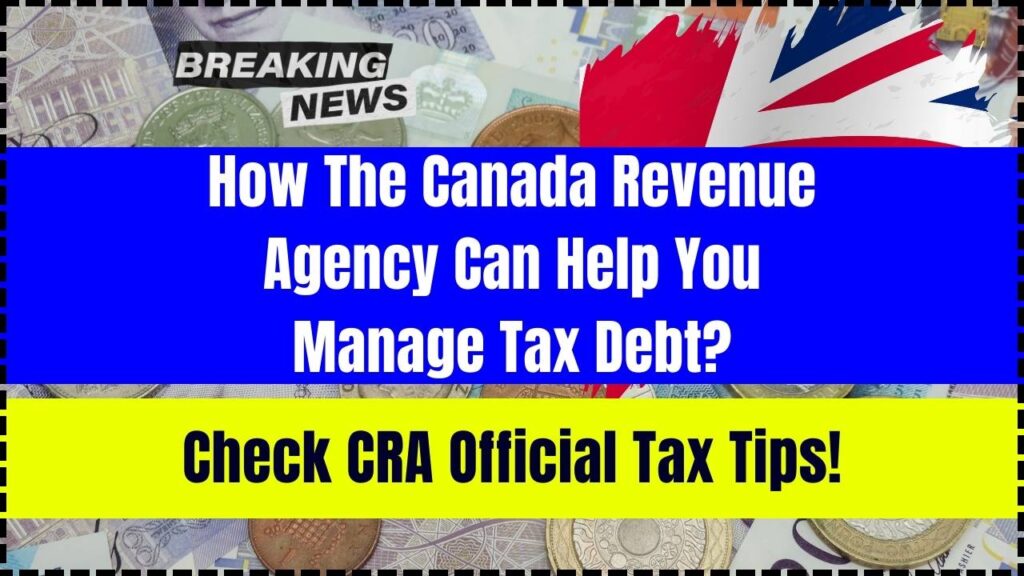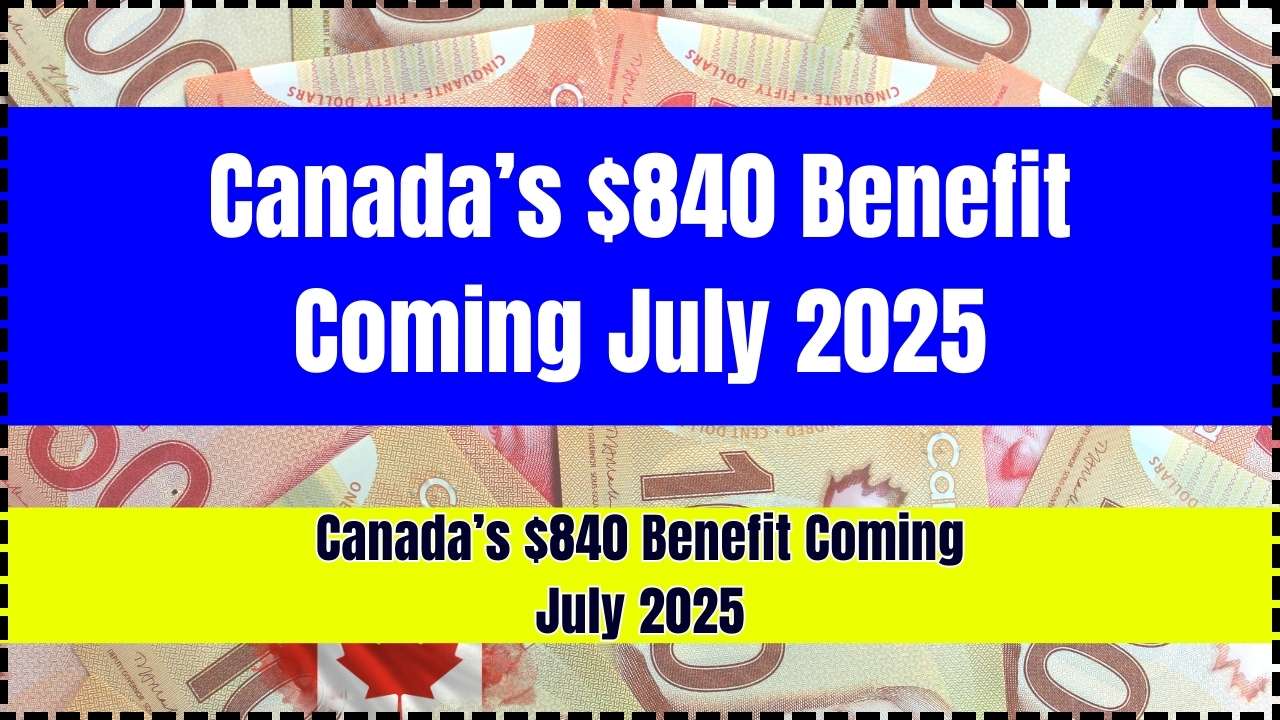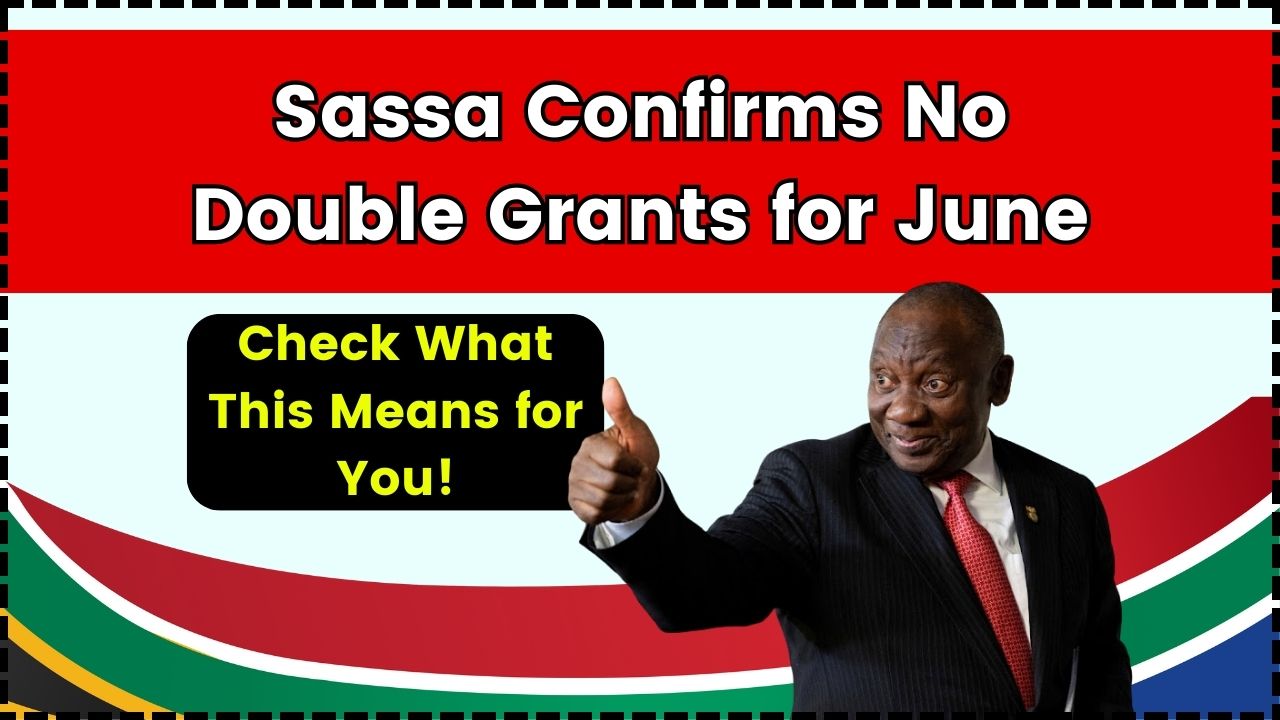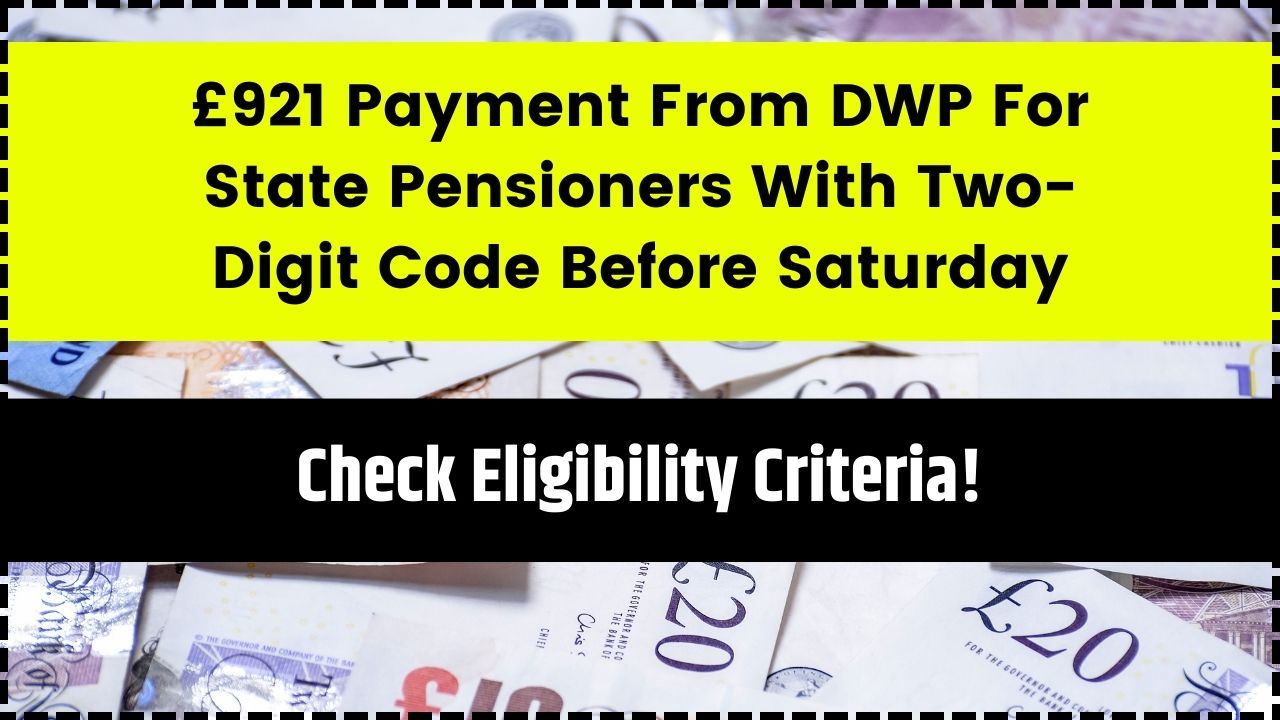How The Canada Revenue Agency Can Help You Manage Tax Debt? If you’re stressed about your tax debt, you’re not alone — and you’re not out of options. How the Canada Revenue Agency can help you manage tax debt is a topic that’s especially relevant today, as more Canadians face financial pressures. The good news? The CRA has official programs, tools, and relief options that are designed to help individuals and businesses resolve their tax debt in a manageable and legal way. Whether you’re behind on your income taxes, owe GST/HST, or struggling with payroll taxes for your business, understanding how the CRA works — and how they can help — is the first step in taking back control. This guide explains everything in plain language, offering expert insight and practical tips for Canadians from all walks of life.
How The Canada Revenue Agency Can Help You Manage Tax Debt?
Tax debt isn’t a dead end — it’s a detour. And the CRA is more flexible than you might think. By being proactive, honest, and using the tools and programs available, you can resolve your debt without unnecessary stress or damage to your financial future. The key is to act early and stay informed.

| Feature | Details |
|---|---|
| Payment Plans | Set up long-term or short-term payment plans through CRA online services or by phone |
| Taxpayer Relief Program | CRA may cancel/waive interest and penalties due to hardship or extraordinary circumstances |
| CRA Contact for Debt Resolution | 1-888-863-8657 (in Canada/U.S.), 1-613-221-3002 (international) |
| Application Process | Use CRA MyAccount or submit Form RC4288 by mail |
| Full Guide | CRA Official Site |
Understanding How The Canada Revenue Agency Can Help You Manage Tax Debt?
The CRA isn’t just a collection agency. While it enforces tax laws and ensures compliance, it also provides relief programs to help honest Canadians manage or settle what they owe without unnecessary penalties or stress. This dual role means the CRA has both the power to collect and the flexibility to offer relief.
The earlier you take action, the better. Delaying communication can lead to garnished wages, frozen bank accounts, or liens on property. But with proactive steps and clear understanding, you can avoid these worst-case scenarios.
1. Setting Up a CRA Payment Arrangement
If you can’t afford to pay your entire tax bill right away, CRA allows you to set up a payment arrangement. This is essentially a structured plan that breaks your tax debt into manageable monthly installments. You can do this online using the CRA’s My Account or My Business Account, or by calling them directly.
What You’ll Need:
- SIN or Business Number
- Complete address on file
- Most recent tax return and Notice of Assessment
- Banking details for setting up Pre-Authorized Debit (PAD) payments
Example: Let’s say you owe $4,800 in personal income tax. Instead of paying it all at once, you can set up a 12-month payment plan of $400/month plus interest. This reduces financial strain and helps you stay compliant.
2. Applying for Taxpayer Relief
The Taxpayer Relief Program (formerly known as fairness provisions) allows the CRA to cancel or waive penalties and interest in specific situations.
Qualifying Circumstances Include:
- Natural disasters (e.g., floods, wildfires)
- Serious illness or accident
- Mental health crisis
- Death in the family
- CRA errors or delays
- Financial hardship
How to Apply:
- Complete Form RC4288: Request for Taxpayer Relief
- Explain your situation in detail and provide documentation
- Submit online via My Account or mail to the appropriate CRA tax centre
Processing times vary, but most decisions are made within 180 days. Keep copies of everything and follow up if you haven’t heard back.
3. What Happens If You Don’t Pay?
Ignoring your tax debt won’t make it go away. In fact, it could make it worse. If you fail to act, the CRA has the authority to collect the debt using enforcement actions, including:
- Garnishing your wages
- Seizing funds from your bank account
- Placing a lien on your property
- Taking legal action in court
This is why it’s so important to act early. Even if you can’t pay, reaching out shows good faith and gives you more options.
4. CRA’s Collections Contact Info
Need to talk to someone? You can reach CRA’s collections division directly:
- Inside Canada & U.S.: 1-888-863-8657
- Outside Canada: 1-613-221-3002 (call collect)
- Hours: Monday–Friday, 8:00 AM to 8:00 PM (local time)
Make sure you have all relevant documents and ID ready when you call. This will speed up the process and help you get the answers you need.
5. CRA’s Online Tools for Managing Tax Debt
The CRA has beefed up its digital services, making it easier than ever to manage your taxes from your computer or phone. These tools are especially helpful if you’re trying to handle things on your own.
CRA Digital Services:
- My Account / My Business Account – View balances, submit forms, and set up PAD
- Autofill My Return – Pull CRA data into your tax software
- Change My Return – Fix errors after filing
- Submit Documents – Upload tax documents directly
These services are accessible 24/7 and provide the fastest way to handle most debt-related issues.
6. When to Get Professional Help
Sometimes, it’s worth bringing in a tax professional — especially if you:
- Owe more than $10,000
- Are being audited
- Have multiple years of back taxes
- Are self-employed or run a business
Tax consultants, CPAs, and tax lawyers can negotiate with CRA on your behalf, make sure your rights are protected, and possibly save you thousands in penalties and interest.
Canada Child Benefit Arrives Next Week: Check Payout Amount Quebec Parents May Receive!
May 20 Canada Child Benefit: Check If You’re Eligible for the New Payment
Frequently Asked Questions (FAQs)
What happens if I owe CRA but can’t pay?
If you can’t pay in full, the CRA allows payment arrangements. Contact them early to avoid penalties and enforcement actions.
Can CRA forgive my tax debt?
The CRA does not “forgive” tax debt, but they may waive or cancel penalties and interest through the Taxpayer Relief Program.
Is there interest on tax debt?
Yes. CRA charges daily compounded interest on unpaid taxes, and additional penalties may apply for late filing or failing to report income.
Can CRA take money from my bank?
Yes. If you ignore your tax debt, CRA can issue a Requirement to Pay, which allows them to withdraw funds from your bank account.
Will CRA negotiate a settlement?
Unlike the IRS, CRA does not negotiate the principal owed. However, they may accept reduced payments over time and waive penalties or interest.






